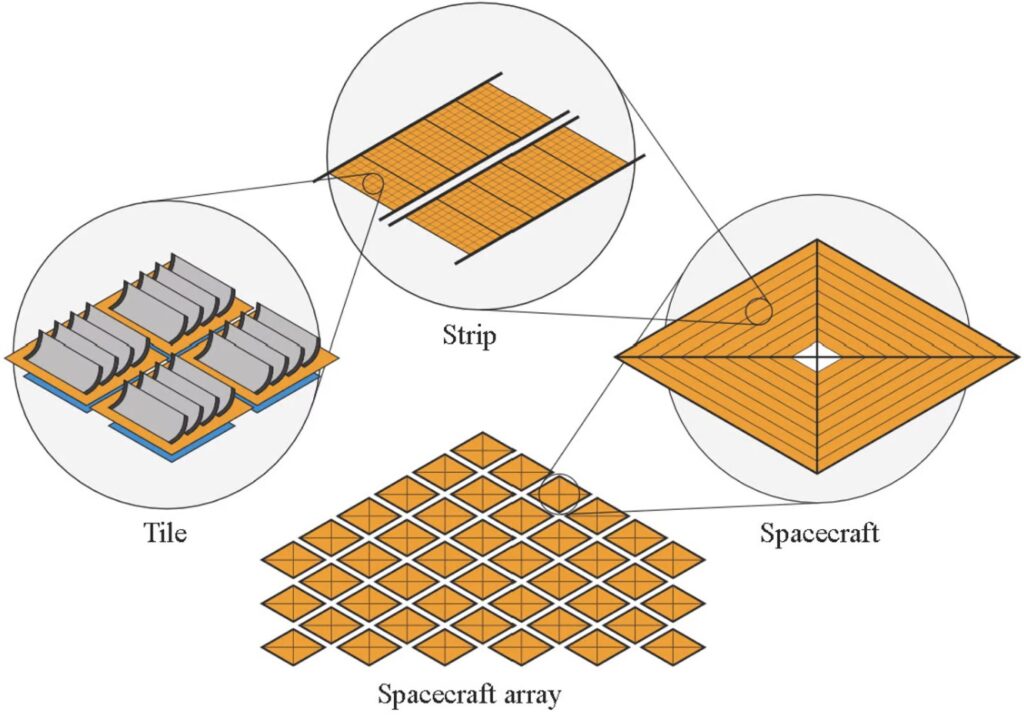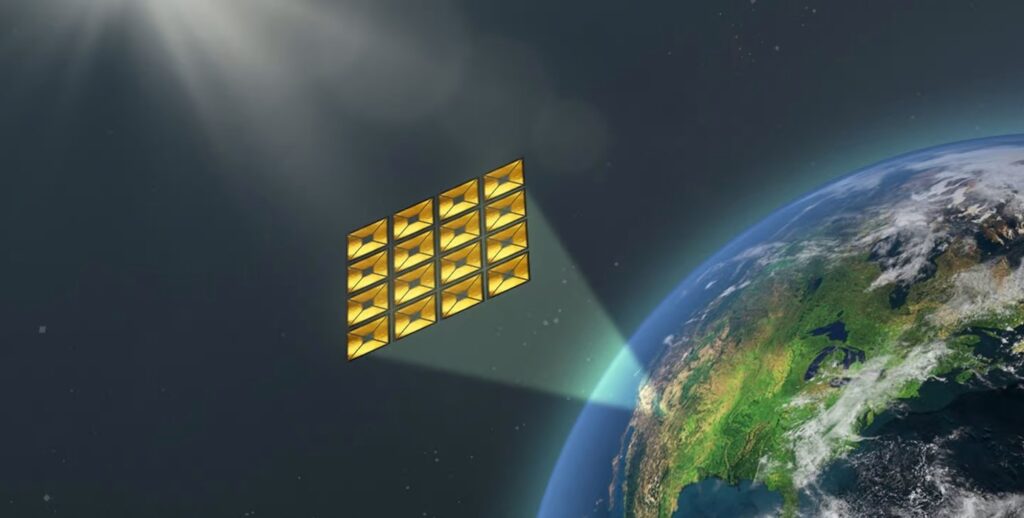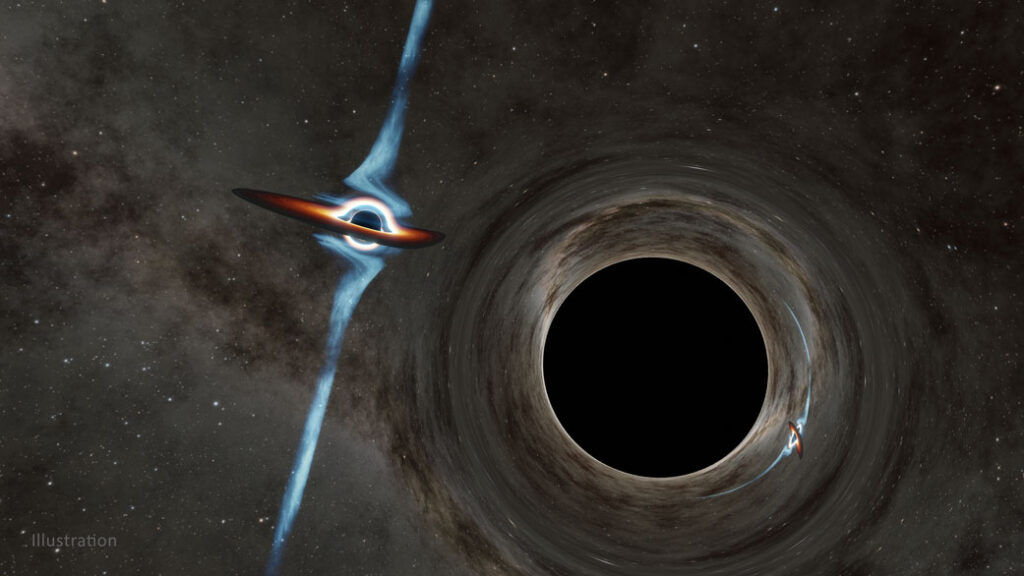Harvesting renewable in every possible way stretches out to be the need of this century to safeguard life on earth in upcoming centuries. As world poses extinction of non-renewable resources within the next 100 years with oil and natural gas at 50 years from now (approx..) and coal in 114 years, renewable gradually emerges to be the topmost energy generator.
Of the renewables, solar has been handy in years and solar-farms had spread over lands and even oceans on the earth. However, solar is not as efficient in energy producing as wind energy, reasoning to the seasonal blockage of sun’s radiation by earth’s atmosphere.
This had let to a new field of energy-harvesting, installing solar-panels in the orbit in Space so that the maximum energy of solar could be sucked up before it reaches earth. And this team of researchers from Caltech has all set to launch solar-farm to Space-Orbit by December 2022 – all you need to know.
Caltech’s Space Solar-Farm
Caltech’s ambitious space solar project gets geared up for its first prototype launch, an ultralight solar-farm that sits in the orbit, collect solar power, convert and wirelessly send the energy from space to earth.


Working for almost a decade with $100 million endowment from Irvine Company chairman Donald Bren, the team at California Institute of Technology has arrived at a point, where they enter into experimenting the solar-farm in space by launching solar-arrays into space.
The Space-Solar project was constructed by researchers, split into three team – one for working on insanely lightweight, high efficient photovoltaic cells with power-to-weight ratios some 50 – 100 times greater than the existing solar panels in ISS & modern satellites.
The second team focused on developing an equipment to convert DC power from the solar panels into radio frequency power, which would be beamed down to earth. The equipment to be installed in space should be ultra-lightweight, minimal in size and low-cost and is designed to use phase manipulation to direct the beam towards the receiver arrays down on earth.
The third group worked on to build full-size solar arrays combining thousands of solar-tiles integrated into a module, wherein thousands of modules further integrated to a colossal solar harvesting and transmission array. The end array widens around 9sq.km area. They too had another challenge of folding these modules incredibly tight until its launch in space and the ability to unfurl itself autonomously into massive modules in their correct shape and position at the time of launch into orbit.
Size of the Space Solar-Panels

As said, a complete solar-farm that’s going to move around in space will have thousands of tiles combined to form a module. And thousands of modules blended for a solar-farm.
The prototype’s single tile measures about 10 x 10 cm, which will be the deconstructed solar-energy capturer. These light-weight at just <2.8g, very flexible tiles are designed in such a way that it can be folded with zero wasted space to fit thousands of itself into the launch vehicle.
The tiles are then aligned and fused to form 2m wide and 60m lengthy strips, which are further incorporated into modules measuring around 60 x 60m (197 x 107 ft).
Solar-Modules bind up together to finally be a ‘solar-farm’, that’s 9 sq.km. wide in area.
A demo of the solar-tile harvesting light and transmitting energy to a receiver is shown in the video below. Have a look!
Why Space Solar-Farm?
24-hour access to virtually limitless solar energy without disturbances of earth’s atmosphere.
Energy potential in space is some eight times better per square meter of solar panel than here on earth.
If successfully installed, space’s solar-farm could be ultimately worthy for the effort and money.
Difficulties of Solar-Farm in Space
Folding and proper unfolding of solar arrays of 9 sq.km area in the orbit.
Angling of solar panels towards sun as much and as passively as possible, while still electronically aiming its transmitters at earth’s receiver stations.
Economical – Cost of space solar energy would be in the range of $1-2 per kWh, higher than US’ currently existing $0.17 / kWh (average) rate on electricity.
Opting for medium orbit below geosynchronous orbit that would lead to the requirement of multiple solar launches (39 launches – higher than geosynchronous orbit’s demand of just 13 launches) and multiple receivers on earth. Because, the financial element hits hard, if arrays are launched at geosynchronous orbit, researchers explain.
Related Posts
The project also had drawn in $17.5 million by Northrop Grumman in 2015. In December this year (2022), it’ll also result in space-based prototype testing, a milestone reflecting the incredible budget this team gets to work with. It’s unclear exactly how far the money will go on this project, but even $120 million is unlikely to make much of a dent in the towering stack of spondoolies needed to get a full-size space solar rig up and running.
About Caltech’s space solar-project in a video:















